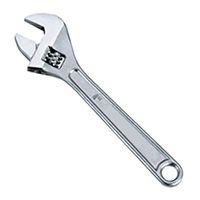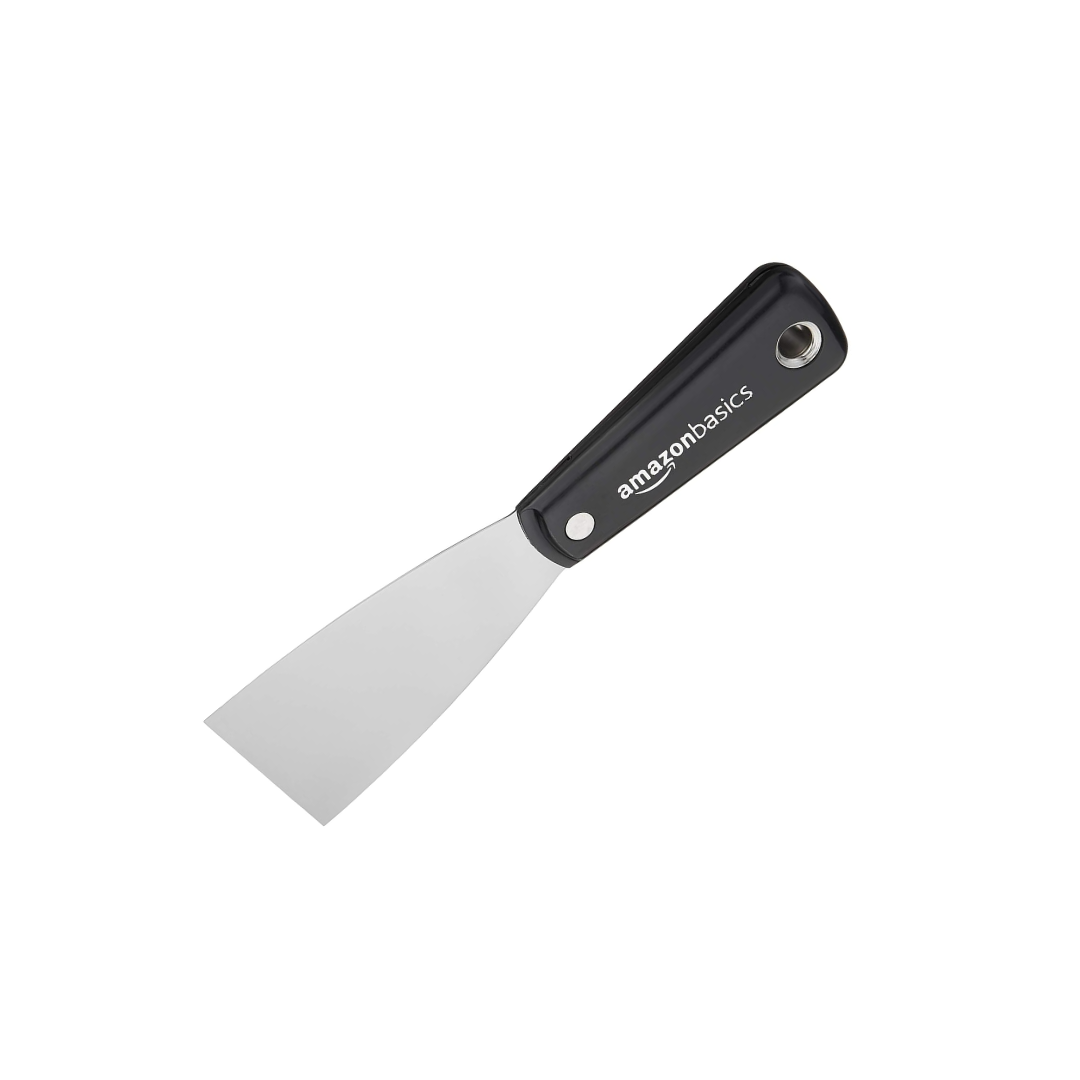We may be compensated if you purchase through links on our website. Our team is committed to delivering honest, objective, and independent reviews on home products and services.
Swapping out a toilet is a basic plumbing job that many homeowners avoid, but with the correct tools and know-how, it’s a doable, do-it-yourself project. Whether you’re upgrading to a more efficient model or addressing a persistent leak, changing a toilet can improve your bathroom’s functionality. In the video above, This Old House plumbing and heating expert Richard Trethewey demonstrates the step-by-step process of removing an old toilet and installing a new one.
Tools and Materials Needed to Change a Toilet
Make sure you have the following items before beginning the project:
- Drop cloth or plywood
- Gloves
- Mini hacksaw
- New toilet (if replacing the entire unit)
- New wax ring
- Open-ended adjustable wrench
- Plumber’s tape
- Putty knife
- Replacement closet bolts (the hardware that secures a toilet to the floor)
- Sponge and bucket
Remove the Old Toilet
Before you can install a new toilet, you have to drain the water and disconnect and remove the old toilet. Handle this process carefully to avoid damage to the floor or surrounding fixtures.
Step 1: Shut Off the Water Supply
The first step is to shut off the water supply. The shutoff valve is usually located on the left side of the toilet, either coming out of the floor or the wall. Turn the valve clockwise until it is fully closed.
Step 2: Drain the Toilet
Once the water supply is off, flush the toilet to drain as much water as possible from the tank and bowl. Use a sponge and bucket to remove any remaining water from both the tank and bowl. In the video, Trethewey uses a turkey baster to remove the remaining water from the bottom of the tank.
Step 3: Disconnect the Water Supply Line
Use your hands or an adjustable wrench to loosen the nut connecting the water supply line to the toilet tank. Have a small container ready to catch any residual water in the line.
Step 4: Remove the Toilet
Remove the decorative caps covering the closet bolts at the base of the toilet. Use an adjustable wrench to loosen and remove the nuts and washers from the closet bolts. Gently rock the toilet back and forth to break the wax seal. Lift the toilet straight up and off the closet bolts, being careful not to twist or tilt it. Place the old toilet on a drop cloth or piece of plywood to protect your floor from any remaining water or wax.
Step 5: Clean the Flange Area
With the old toilet removed, you’ll see the toilet flange—a round fitting attached to the floor that connects the toilet to the drainpipe. Use a putty knife to scrape away any old wax or debris from the flange and surrounding area.
Install the New Toilet
After removing the old toilet and cleaning the area, you’re ready to install the new toilet.
Step 1: Inspect and Prepare the Flange
Before installing the new toilet, inspect the flange for any damage. A broken or loose flange can lead to leaks and instability. If the flange is intact and securely attached to the floor, you can proceed with the installation. If it’s damaged, you may need to replace it before continuing.
Step 2: Set the New Closet Bolts
Insert new closet bolts into the flange. Trethewey recommends using bolts with plastic tabs, as they stay in place more easily and make it simpler to position the toilet.
Step 3: Apply the Wax Ring
Place a new wax ring on the flange and make sure it’s centered. As Trethewey demonstrated, some wax rings come with a plastic horn that helps direct water flow and provides a more secure seal.
Step 4: Position the New Toilet
Carefully lift the new toilet and align it with the closet bolts. Lower the toilet straight down onto the wax ring, using the bolts as guides. Once in place, use your body weight to compress the wax ring and create a tight seal. Avoid rocking or twisting the toilet, as this can break the wax seal.
Step 5: Secure the Toilet
Place the washers and nuts onto the closet bolts. Tighten the nuts alternately on each side to ensure even pressure. Be careful not to overtighten, as this can crack the toilet base. Once secure, use a mini hacksaw to cut off any excess bolt length. Install the decorative caps over the bolts for a finished look.
Reconnect the Water Supply
With the toilet securely in place, you can now reconnect the water supply and test for proper function.
- Apply plumber’s tape to the threads of the tank’s fill valve.
- Connect the water supply line to the fill valve, tightening it by hand initially.
- Use an adjustable wrench to give it a final quarter turn, being careful not to overtighten.
- Slowly turn on the water supply valve.
- Allow the tank to fill completely.
- Check for any leaks around the base of the toilet and at the supply line connection.
- Flush the toilet several times to ensure proper function and to check for any delayed leaks.
Toilet Finishing Touches
After confirming that there are no leaks and the toilet is functioning correctly, add the finishing touches to complete the installation.
Install the Toilet Seat
If you’re installing a new toilet seat, follow the manufacturer’s instructions for attachment. Most seats come with plastic bolts and wing nuts for easy installation. Secure the seat carefully to ensure it fits snugly and comfortably.
Caulk the Base
While some plumbers prefer to leave the base uncaulked for easier leak detection, others recommend applying a bead of silicone caulk around the base of the toilet where it meets the floor. This can provide a cleaner look and prevent water from seeping under the toilet. Make sure the caulk is evenly applied for the best visual appeal and functionality.
Check the Flush
Check the flush to verify that everything works correctly. Fill the tank and flush the toilet multiple times to guarantee there are no leaks and that the toilet is functioning as it should. Pay attention to the speed and efficiency of the flush and make any necessary adjustments.
Common Installation Issues
During your installation, you may encounter leaks, a rocking toilet, or a weak flush. Here’s how to address these common issues:
- Persistent leaks: Re-check the wax ring or consider using two rings for a better seal.
- Uneven base: If the toilet rocks, use shims to level it before caulking.
- Weak flush: Make sure that the fill valve and flapper are functioning correctly.



